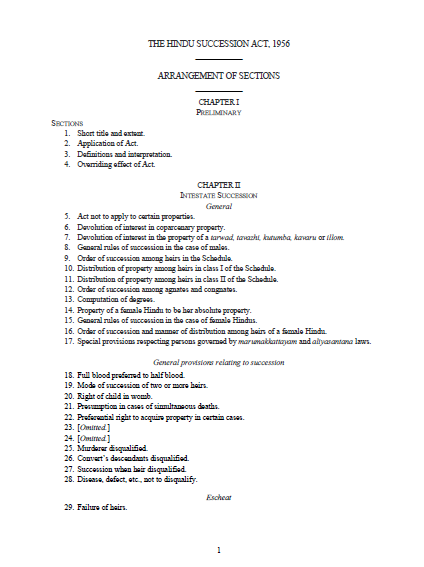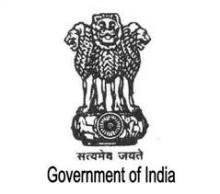Resource information
A legislation to amend and codify the law relating to intestate succession among Hindus. It deal with issues related to coparcenary property, interest in the property of a tarwad, tavazhi, kutumba, kavaru or illom, rules of succession in the case of males, succession among heirs, distribution of property among heirs in class I of the Schedule. The act include matters related to distribution of property among heirs, order of succession among agnates and congnates, computation of degrees (property of a female Hindu to be her absolute property), General rules of succession in the case of female Hindus, Order of succession and manner of distribution among heirs of a female Hindu, Special provisions respecting persons governed by marumakkattayam and aliyasantana laws.


